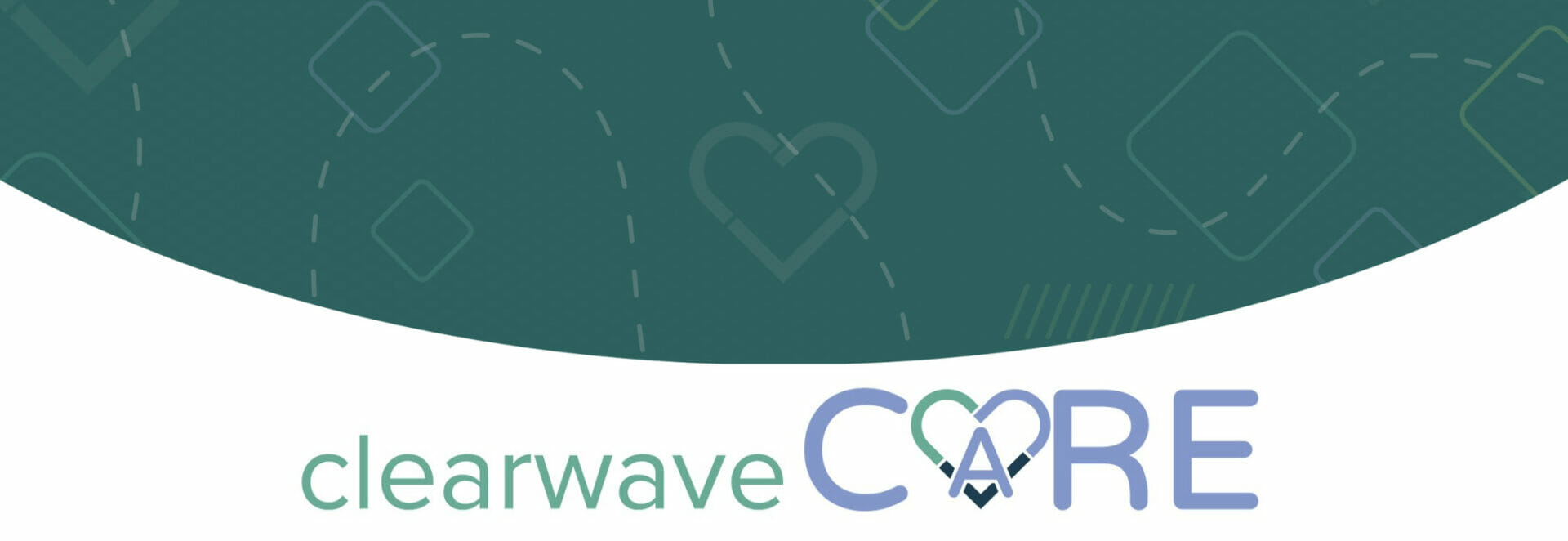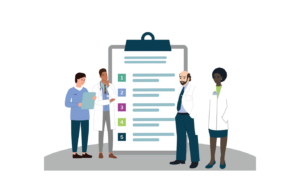3 Ways to Personalize Your Patient Experience Through Data
By Blakely Roth | January 10, 2023
Today’s consumers are used to increased personalization. Think of the Netflix recommendations you receive or how your Amazon app reminds you when you need to restock a household product. These personalized experiences benefit the consumer by adding convenience and benefit the service provider by increasing customer loyalty. Leverage the same approach at your practice.
Here are three ways data-driven practices personalize their patient experience by using their data.
1. Tailor Reminders for Improved Practice Efficiency
As you send automated text, email and/or voice reminders, track how well they’re leading to confirmed appointments and completed pre-registration forms.
A smart patient engagement dashboard should give you line-of-sight into how your patients are responding to reminders. Use that information to adjust your approach and increase appointment confirmations and completed pre-registration forms.
For example, if you see a high percentage of confirmed appointments, but a low ratio of pre-registration patients, it could mean that your patients are unaware of their option to pre-register for their appointments. Add clarity to your reminder messages to increase pre-registration numbers. Make sure the message clearly shows pre-registration links and specifies the steps patients can take to pre-register for their appointments.
You may also be seeing a low ratio of pre-registration patients because they are unaware of the benefits they’ll gain from pre-registering. Create this awareness by personalizing your reminder messages. Entice a patient to complete pre-registration forms by creating urgency with messaging like, “Pre-register for your appointment now, so you can check in faster at the office”, or “Pre-register for your appointment now, it’s safe, secure and only takes a few minutes.”
Be creative. Even try several types of messaging to see what creates the biggest impact on your pre-registration numbers. Compare month-over-month to see which personalized messages increase patient response.
2. Educate Patients on Premium Services that Fit Their Needs
Self-service patient check-in systems provide a unique opportunity to gauge patient interest in premium services. However, not every patient may be interested in a premium service, because it may not be relevant to their healthcare needs (I.e., someone who doesn’t require glasses or contacts won’t be interested in LASIK.)
The practice leaders we work with strategically target patients using their data. Based on certain patient demographics like appointment type, age and gender, practices can add custom questions only to patient workflows where this criterion is met. Our CARE team has helped Ophthalmology practices add custom questions to their check-in workflows, asking patients if they’re interested in learning more about LASIK. Through smart workflow logic and flexibility, these practices are able to have the question populate only for patients between the ages of 19-45, who came in for eyeglasses or contact lens appointments. This effort helps practices avoid complicating the check-in process, meaning these questions only show up when they’re relevant to the patient.
Once this data is captured and integrated into a CRM, you can further personalize a patient’s experience with:
- Same-day Education: After signaling their interest in a premium service via a custom check-in question, have a system that can notify that patient’s doctor in real time. The physician can then make time during that appointment to discuss the premium service, personalizing their visit on the spot.
- Email Campaigns: With solid integrations between your patient engagement platform and your CRM, you can capture patient answers to custom questions and add those patients to a personalized email campaign. Use those emails to educate patients on the premium services they’ve shown interest in and encourage them to book an appointment.
- Follow Up: Consider having your staff follow up with patients who indicated an interest in premium services. Staff could review a custom question report and call on patients who were interested in a premium service consultation or evaluation. During the conversation, staff can even help the patient book an appointment.
3. Provide Scheduling Options that Drive Convenience (and Increase Throughput!)
Patients want convenience when it comes to scheduling appointments. With the rapid shift to digital-first consumerism during the COVID-19 pandemic, nearly all consumers became accustomed to scheduling convenience. From groceries and prescription pickup to booking DMV appointments, consumers are accustomed to easy, simple online scheduling.
Providing various appointment scheduling options like online, chatbot or even a waitlist, can add convenience for patients and help you increase overall bookings. Go a step further and use data to ensure that you’re providing your patients with the appointment scheduling options that best fit their needs.
The more you can add the scheduling convenience that your patients are looking for, and accustomed to, the more likely you can increase new and returning patient acquisition.
Depending on patient demographics you and your team may have assumptions around certain appointment scheduling options that you believe your patients favor over others. Validate your hypothesis with data. Trial certain scheduling options at specified locations and assess which options are most used. Filter that data with patient demographics like age, provider and appointment type, for more detailed findings. Use that information to give all your patients, across all locations, the scheduling methods they prefer — and increase patient acquisition.
Use a Data-driven Dashboard to Make Strategic Decisions

Specialty practices need to adopt fast, flexible and accurate ways to capture data, which often requires automating the process. The use of patient engagement technology, such as self-service scheduling and check-in platforms, puts the onus on the patient to directly enter their data at the right touch points. Once you have that data, use it to your advantage when making decisions to increase revenue and most importantly, improve your patient experience.
Clearwave can provide you with smart patient engagement tools, a data-driven dashboard and a strategic success team to help you use that data to your advantage. Learn more about clearwaveCARE and how your partnership with Clearwave goes beyond technology.




